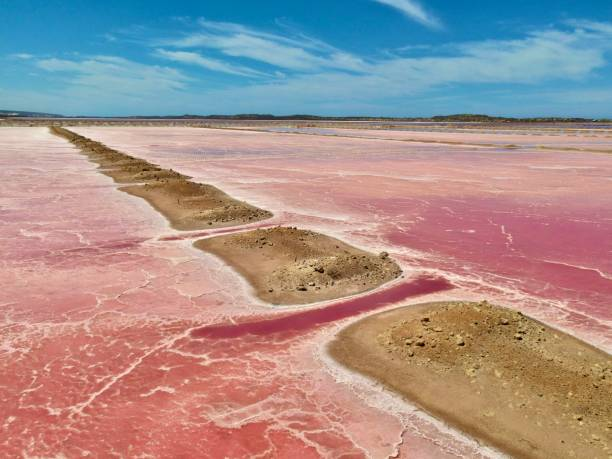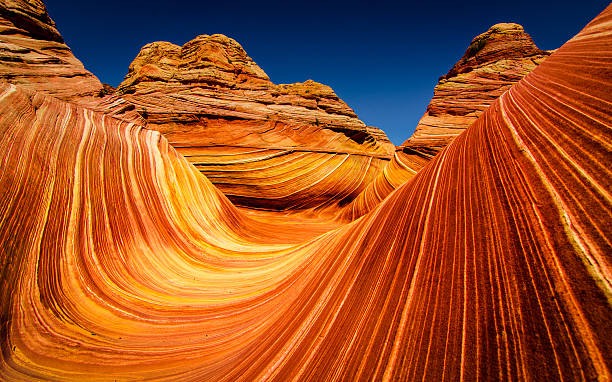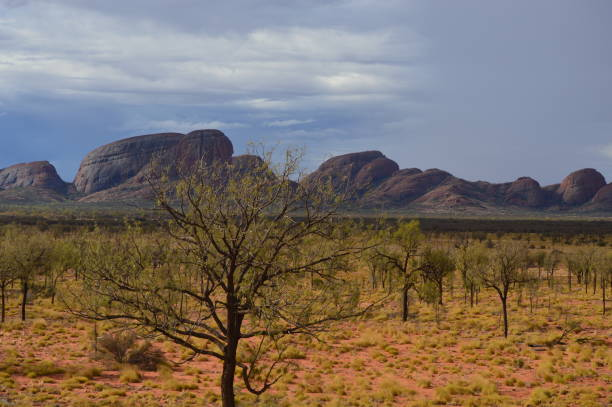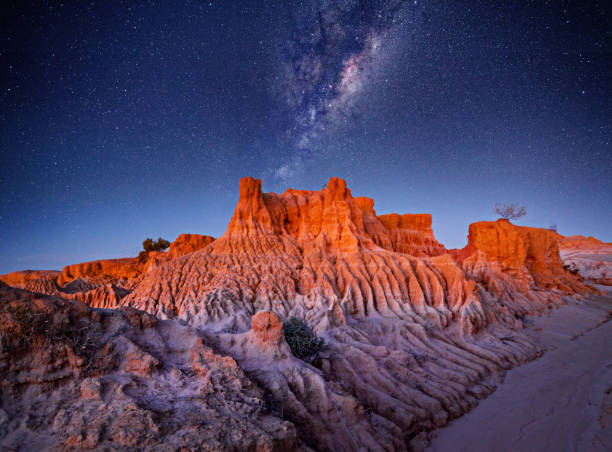Australia is a land abundant with natural wonders, spread across its vast and varied landscapes. From the rugged outback to the lush rainforests, and from its serene beaches to the majestic Great Barrier Reef, the nation boasts a plethora of iconic natural landmarks. Each site is a testament to the remarkable geographical diversity that characterizes the continent. This article will explore some of the most breathtaking natural landmarks in Australia, taking you on a virtual tour through places of arresting beauty and geological significance.
The Great Barrier Reef

One of the seven wonders of the natural world, the Great Barrier Reef, is an unparalleled marine habitat located off the coast of Queensland. Stretching over 2,300 kilometers, it is the largest coral reef system on the planet and can even be seen from space. This aquatic landscape is teeming with life, hosting thousands of species of fish, mollusks, whales, dolphins, and endangered species like the green sea turtle.
- The marine park encompasses over 900 islands and 2,900 individual reefs.
- It is a World Heritage Site, attracting millions of visitors annually for snorkeling and scuba diving.
- Climate change poses a significant threat to its delicate ecosystem, emphasizing the need for conservation efforts.
Uluru
Formerly known as Ayers Rock, Uluru is a monumental sandstone monolith residing in the heart of the Northern Territory’s Red Centre desert. Held sacred by the Indigenous Anangu people, Uluru’s striking red hues and imposing scale are a magnetic vision against the flat desert plain that surrounds it. Tourists flock to witness the spectacle of its changing colors at sunrise and sunset.
- The rock formation stands 348 meters high with most of its bulk lying underground.
- Uluru is a UNESCO World Heritage site, recognized for both its natural and cultural values.
- As of 2019, climbing Uluru is officially prohibited, respecting the traditional laws of the Anangu.
The Twelve Apostles
Victoria’s Port Campbell National Park is the setting for the Twelve Apostles, a series of limestone stacks sculpted by the relentless action of the Southern Ocean. Despite the name, only eight apostles remain standing today, after one collapsed in 2005 due to natural erosion. The site offers breathtaking coastal views from several lookout points and is a highlight along the Great Ocean Road, one of Australia’s most scenic drives.
- The Twelve Apostles are the remnants of a former cliff line, gradually eroded over millions of years.
- Helicopter tours are available, providing a unique aerial perspective of this dramatic seascape.
Kakadu National Park
As Australia’s largest national park, Kakadu showcases an incredible diversity of ecosystems, from wetlands to sandstone escarpments. Located within it are ancient rock paintings that offer insight into the rich Indigenous culture dating back thousands of years. Its abundant wildlife includes over 280 bird species, making it a birdwatcher’s paradise. Moreover, the park changes dramatically with the seasons, offering a different experience whether you visit during the dry season or the wet season.
- Kakadu has dual World Heritage listings for both its environmental and cultural significance.
- Notable landmarks within the park include Jim Jim Falls and the Arnhem Land escarpments.
Bondi Beach
Bondi Beach is synonymous with Australia’s beach culture, characterized by its golden sands and lively atmosphere. Located in the suburbs of Sydney, Bondi is more than just a beach; it’s an icon of Aussie lifestyle, where sun, surf, and sand come together in perfect harmony. The Bondi to Coogee coastal walk is a must-do activity here, offering stunning cliff top views and opportunities to spot whales during migration season.
- Bondi Beach is well known for its annual Sculpture by the Sea exhibition, blending art with the coastal environment.
- As a bustling hotspot, Bondi is hemmed with cafes, boutiques, and the historic Bondi Icebergs Club.
Conclusion
In conclusion, Australia’s natural landmarks are an eclectic mix of geological formations, vibrant ecosystems and places of profound cultural significance. Each landmark tells a story of the Earth’s history and humanity’s place within it. They beckon adventurers and nature lovers alike to explore and appreciate the wonder they encapsulate. Australia’s commitment to preserving these sites ensures they will continue to inspire future generations, fostering a deep connection between humans and the natural world.
FAQs
1. Can you swim at the Great Barrier Reef? Yes, visitors can swim, snorkel, and scuba dive at the Great Barrier Reef. However, it’s important to follow guidelines to minimize environmental impact. 2. Why is Uluru considered sacred? Uluru is considered sacred by the Anangu people due to its significance in their spiritual beliefs and Dreamtime stories, reflecting their connection to the land. 3. How many apostles are left at the Twelve Apostles site? As of the knowledge cutoff date, there were eight apostles remaining, with the ninth having collapsed in 2005 due to natural erosion. 4. What is the best time of year to visit Kakadu National Park? The best time to visit Kakadu National Park is during the dry season, from May to October, when access to attractions is easiest, and the climate is more comfortable. 5. Is Bondi Beach good for surfing? Yes, Bondi Beach is popular for surfing, catering to both beginners and experienced surfers. It offers consistent waves and surf schools for newcomers.


